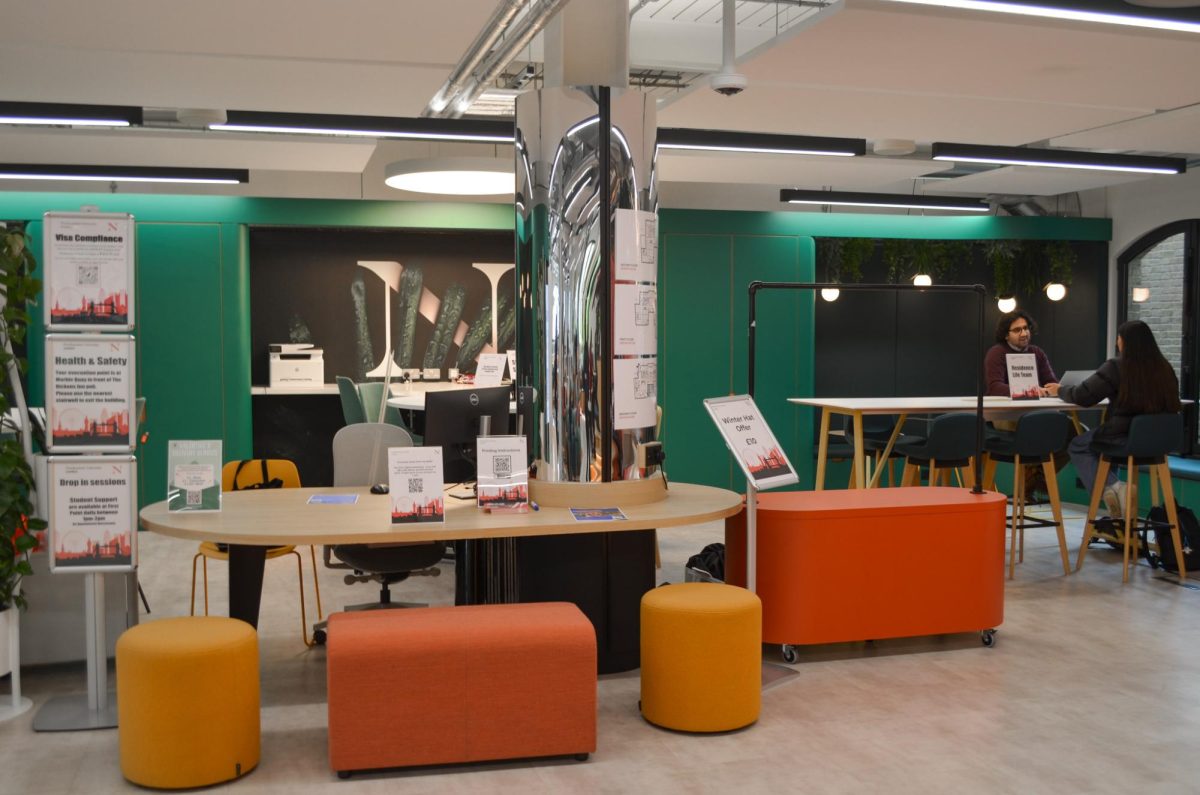By Sarah Moomaw, News Correspondent
‘Errsessn.’
Laura Simons, a middler economics major, said she received this made-up word in a curious text message:’ T9’s attempt at ‘Espresso.’ One would expect the corresponding keystroke ‘- 37773776 ‘- to bring up a popular word, no questions.
There’s espresso in Starbucks lattes, and Espresso Royale Cafe on Gainsborough Street. Just no espresso in T9’s language database.
According to the software management company, Nuance, which produces T9, the hierarchy within their text prediction dictionary is built on frequency of use.
The T9 program allows its users to only hit a key once per letter as the dictionary cross references possible words with the same keystrokes, as opposed to ABC input which forces users to hit a key numerous times in order to select a letter.
Then there is the QWERTY keyboard, which has made numerous appearances on new phones; it works just like your computer’s keyboard.
This suggests ‘espresso’ didn’t make it into the T9 dictionary due to low frequency of use. ‘Coffee,’ on the other hand, is the only word formed from the keystroke 263333 and comes up instantly.
Other keystrokes have similar problems:’ ‘Good’ shares the number sequence 4663 with ‘home,’ ‘gone’ and ‘hood;’ ‘book’ uses the same keys as ‘cool’ and ‘cook;’ ‘of’ and ‘me’ both come up when you type the number 63.’
Although words in the database are prioritized based on language-wide frequency of use, Christal Jenkins, a product manager at Nuance, said the software is able to track user input, essentially learning to ‘speak’ like them based on how they edit and add words to the dictionary of their phone.
Carolyn Adger, director of the Language in Society division of the Center for Applied Linguistics in Washington, D.C., suggested the T9 dictionary was not based on any physical language evaluation but rather structured around a frequency of use pattern.
Adger explained how the dictionary could differ, and possibly benefit, if it was sorted by genera, meaning, if one could tell the phone what topic was being discussed. For instance, if the phone knew school was the subject at hand, ‘book’ would appear before ‘cool.”
Although Jenkins said she couldn’t disclose exactly how Nuance collects the data used to determine frequency of use in the English language, she hinted at what their research entails.’
‘We use a variety of ways to research language ‘- how it is used in different avenues, such as ways people communicate and read information,’ she said. ‘Based on those types of information, we’re able to then extract what the most frequent words are used within a language.”
But the language database that sets the rules for text communication is not updated on a regular basis, she said. Modifications are made based on individual requests or changes exclusively.’
‘[The language database] is the same today as it was 10 years ago,’ Jenkins said.
Kevin Jarvis, a middler political science major, said he didn’t start texting until well after T9 technology was the standard. The technology has been available for more than 10 years, Jenkins said.
‘It’s a lot easier,’ Jarvis said.’
Jarvis, Simons and Kate Federici, a middler music industry major, all corroborated the ease of use associated with T9, but also admitted to a learning curve.’
Federici was forced into using T9 when she switched phones, she said, as the new one did not respond to ABC input as well as her previous phone.’
‘I used to hate it,’ she said. ‘Now I love it.’








